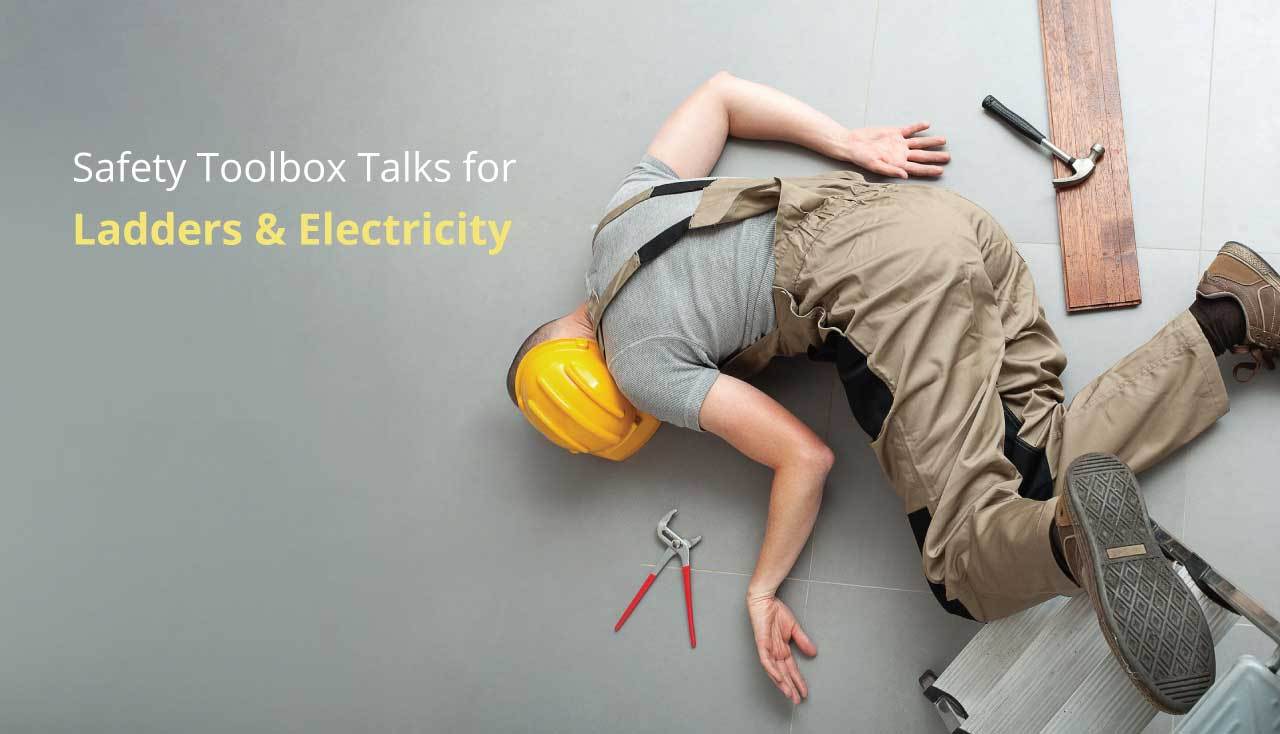Last updated on June 23rd, 2019 at 04:55 pm
What is a toolbox talk?
Toolbox talks are a way to ensure all workers are participating in safety activities, and have an opportunity to discuss hazards/controls, incidents, and accidents.
As part of the Health and Safety at Work Act, employers must provide employees the opportunity to regularly engage in health and safety discussions.
Who can give them?
Anyone can conduct the discussion. It is best if led by a person with experience in the topic.
How often should they be done?
OFS supports the idea of a 5-minute safety talk each day before work begins.
Why do them?
In addition to reminding workers of work safety, they reinforce the idea that all are responsible for the whole crew.
Ladders
- When transporting a ladder, keep the front-end elevated
- Side rails of a portable ladder should extend at least 3 feet above an upper landing
- Non-self-supporting ladders should be placed at a 4:1 ratio
- Make sure ladders are free from oil, mud, grease and other hazards that can cause a slip
- Ladders should not be loaded beyond the manufacturer’s duty rating
- Only use ladders for the purpose they were intended
- Place ladders on stable, level surfaces
- Protect ladders that are near passageways or driveways so that vehicles or pedestrians do not hit them
- A worker should always face the ladder while climbing or descending
- Always use at least one hand to grasp the ladder when climbing or descending
- Do not carry objects or loads that could cause you to loose balance
Electricity
- “Low voltage” does not imply safety
- Wet conditions can intensify electric current
- Make sure work-boots are non-conductive
- Watch for overhead power lines – handle metal studs in a safe manner
- If a fluorescent light fixture is falling don’t try to catch it
- Occasionally check power cords and other electrical equipment for wear
- Only use equipment approved by Underwriters Laboratory or other accrediting agency
- Wear protective gear
- Don’t overload circuits
